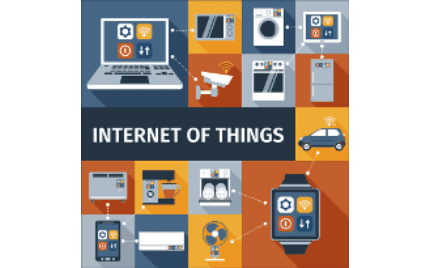Understanding the Internet of Things

Let’s go ahead and tackle some of the more main points in understanding and protecting your business from the internet of things.
What is the Internet of Things (IoT)?
The Internet of Things, plainly, is physical objects with the technology to connect to internet and interact with each other and the external environment. A great example of this would be a Nest thermostat control, by connecting with an app on your mobile device it gives you remote control of the temperature in your environment. In fact there are now whole houses that can be controlled from your phone; raise the blinds, lock and unlock the front door, change the fridge temperature and track food expiration, have the lights automatically turn on and off depending on what room you are in and so on.
Those are just examples of what you could do in your own home, but with more access points in this ever growing network this provides nefarious actors more opportunity to attack your business as IOT becomes more prevalent in the business sector.
More devices means more points of access.
Imagine getting hacked through your coffee maker, actually you don’t have to because it already happened. The short of that story is that a company fell victim to a ransomware attack through an access point on a coffee machine. This is meant to get you thinking, what else do you have that potentially could provide a port of entry for a hacker. Your employees mobile phones, a security door network, weak or no passwords, no onboard device security, open WiFi and more.
How do you manage and protect your business when you have this many potential vulnerabilities in this brave, new, and connected world?
What you can do?
As we touch on above, a few simple things you can do to protect yourself and your business are:
- Use strong passwords at all connection points.
- Only purchase devices that have current and updatable security software.
- Have a strong firewall that incorporates and protects all access points.
- Vigilant device and network management support.
How we can help
Managing your total network security will become an ever increasing and convoluted burden as your business grows. And as your business gets bigger it becomes a juicier target for hackers attempting to exploit you for information or monetary gain. As all around IT security experts Mytek is here to protect and support your business as the Internet of Things .
For more information about how MyTek can help your business prepare for the Internet of Things, contact us or give us a call at 623-312-2440. We can assess your network security and device policies, and provide consultation for how to move forward.
[/et_pb_text][/et_pb_column][/et_pb_row][/et_pb_section]